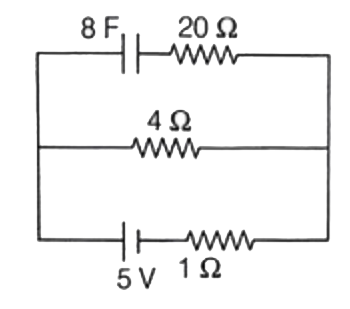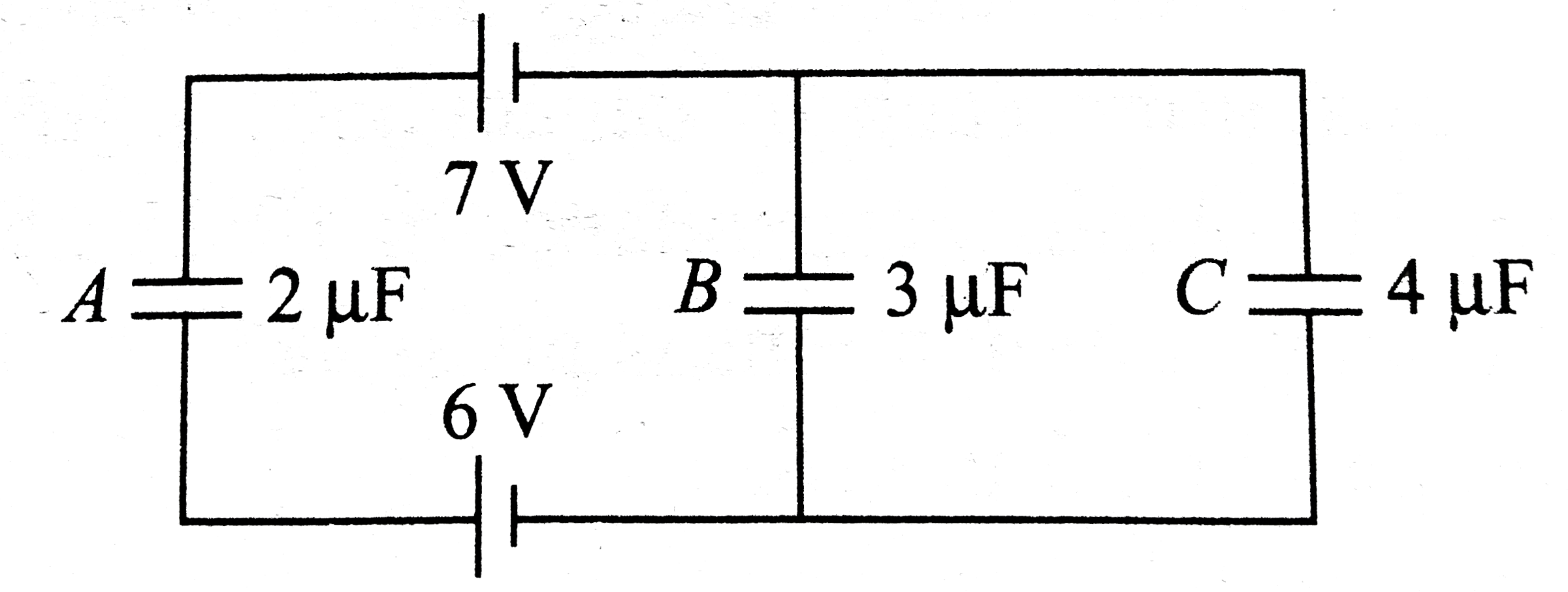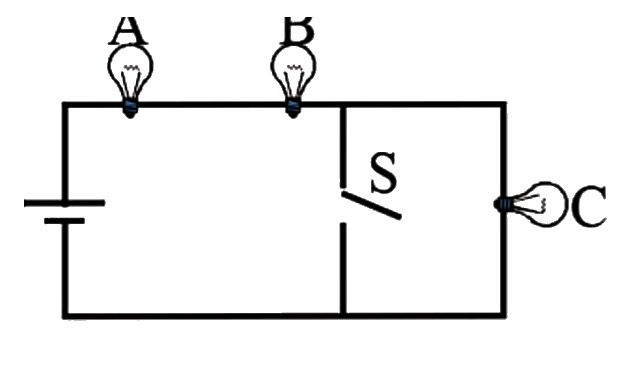In Agaricus, clamp connections and dolipore septa are shown by the hyphae of
Primary mycelium
Secondary mycelium
Monokaryotic mycelium
Coenocytic mycelium
The correct Answer is:B
To answer the question regarding which type of mycelium in Agaricus exhibits clamp connections and dolipore septa, we can follow these steps:
1. Identify the Organism:
- Understand that Agaricus is a genus of fungi that belongs to the class Basidiomycetes, commonly known as club fungi.
2. Define Key Terms:
- Clamp Connections: These are specialized structures that form lateral connections between adjacent cells in the hyphae of certain fungi, facilitating the distribution of nuclei.
- Dolipore Septa: These are septa (dividing walls) in the hyphae that contain a single large pore, allowing for the passage of cytoplasm and organelles between cells.
3. Examine the Types of Mycelium:
- Primary Mycelium: This is the initial mycelial stage that forms after spore germination; it is typically haploid and does not exhibit clamp connections or dolipore septa.
- Secondary Mycelium: This mycelium forms after the fusion of two primary mycelia (plasmogamy) and is typically dikaryotic (having two nuclei per cell). It is characterized by the presence of clamp connections and dolipore septa.
- Monocariotic Mycelium: This refers to mycelium with a single nucleus per cell, which does not typically exhibit these structures.
- Sinusitic Mycelium: This term is less commonly used and does not specifically relate to the structures in question.
4. Select the Correct Answer:
- Based on the definitions and characteristics, the correct answer is secondary mycelium, as it is the type that shows both clamp connections and dolipore septa.
Final Answer:
In Agaricus, clamp connections and dolipore septa are shown by the hyphae of secondary mycelium.
---
- Understand that Agaricus is a genus of fungi that belongs to the class Basidiomycetes, commonly known as club fungi.
- Clamp Connections: These are specialized structures that form lateral connections between adjacent cells in the hyphae of certain fungi, facilitating the distribution of nuclei.
- Dolipore Septa: These are septa (dividing walls) in the hyphae that contain a single large pore, allowing for the passage of cytoplasm and organelles between cells.
- Primary Mycelium: This is the initial mycelial stage that forms after spore germination; it is typically haploid and does not exhibit clamp connections or dolipore septa.
- Secondary Mycelium: This mycelium forms after the fusion of two primary mycelia (plasmogamy) and is typically dikaryotic (having two nuclei per cell). It is characterized by the presence of clamp connections and dolipore septa.
- Monocariotic Mycelium: This refers to mycelium with a single nucleus per cell, which does not typically exhibit these structures.
- Sinusitic Mycelium: This term is less commonly used and does not specifically relate to the structures in question.
- Based on the definitions and characteristics, the correct answer is secondary mycelium, as it is the type that shows both clamp connections and dolipore septa.
In Agaricus, clamp connections and dolipore septa are shown by the hyphae of secondary mycelium.
Topper's Solved these Questions
- BOOK - AAKASH INSTITUTE ENGLISHCHAPTER - BIOLOGICAL CLASSIFICATIONEXERCISE - Assignment (Section - A) Objective Type Questions50videos
BIOLOGICAL CLASSIFICATION
- BOOK - AAKASH INSTITUTE ENGLISHCHAPTER - BIOLOGICAL CLASSIFICATIONEXERCISE - Assignment (Section - B) (Objective Type Questions)35videos
BIOLOGICAL CLASSIFICATION
- BOOK - AAKASH INSTITUTE ENGLISHCHAPTER - BIOLOGICAL CLASSIFICATIONEXERCISE - Try Yourself26videos
BIOLOGICAL CLASSIFICATION
- BOOK - AAKASH INSTITUTE ENGLISHCHAPTER - BIODIVERSITY AND CONSERVATIONEXERCISE - SECTION - D (Assertion-Reason Type Questions)10videos
BIODIVERSITY AND CONSERVATION
- BOOK - AAKASH INSTITUTE ENGLISHCHAPTER - BIOMOLECULESEXERCISE - ASSIGNMENT (SECTION-D) Assertion-Reason Type Questions10videos
BIOMOLECULES
Similar Questions
Dolipore septa are found in
View SolutionClamp connection is found in
View SolutionClamp connections occur in
View SolutionSieved septa/trumpet hyphae occur in
View SolutionSieved septa/trumpet hyphae occur in
View SolutionA fungus that is decompose of wood, has long lived secondary mycelium, shows clamp connections and produces exogenous sexual spores is put under the class
View SolutionA capacitor of 8 F is connected as shown in the figure. At steady state Charge on the plates of the capacitor
 View Solution
View SolutionThree capacitor A,B, and C, are connected in a circuit as shown in. What is the charge in μC on the capacitor B?
 .View Solution
.View SolutionA circuit consists of three identical lamps connected to a battery as shown in the figure. When the switch S is closed then the intensities of lamps A and B
 View Solution
View Solution$ In basidiomycetes, there are present dolipore septa.
! Ascospores are produced in Panicillium.View Solution

